Reportar esta entrada
Más sobre la misma comunidad-colección
Catedral de St. Patrick's - 2012
Below is the 35th wedding anniversary blessing that was done on ...
Iglesia de la Sagrada Familia - El Paso, Texas - 1918
Holy Family Church - El Paso, Texas - 1918 - oldest available ...
Iglesia de la Sagrada Familia - 1948 - CYO - Equipo de softbol
Holy Family Parish CYO - Adult League Softball Team - El Paso, ...
Madre Teresa visita el Orfanato de St. Margaret - 1976 - El Paso, Texas
Mother Teresa Visits St. Margaret Orphanage - 1976 - El Paso, ...
Orfanato de St. Margaret, El Paso, Texas, 1919
St. Margaret's Orphanage, El Paso, Texas, 1919 - Original ...
Orfanato de St. Margaret - 1960
School bus for the orphanage - kids on the bus and kids outside ...
Vigésimo Anual del Día de Historia de El Paso 2017
Francisco Dominguez & Josep Ferret from Wiggs Middle School. ...
Academia Loretto - Interior de la capilla - 2004
Loretto Academy - Chapel Interior - 2004 - flowers are in the ...
Academia Loretto - Interior con las monjas - 1960
Loretto Academy - Interior With Nuns - 1960 - nuns are seated ...


















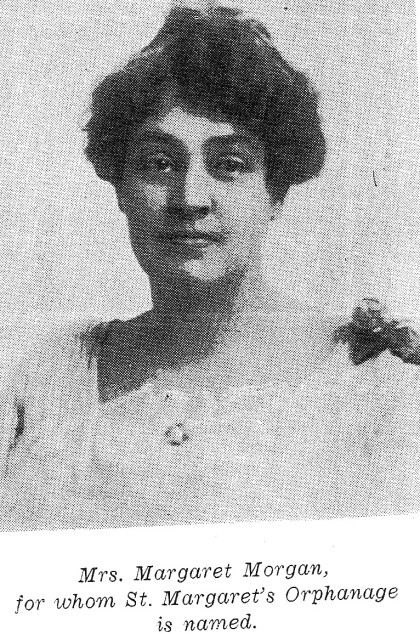
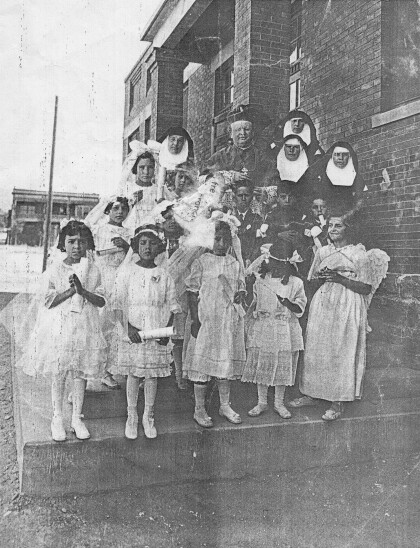
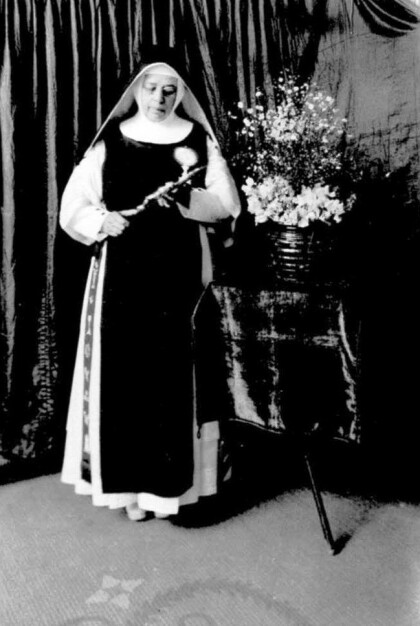
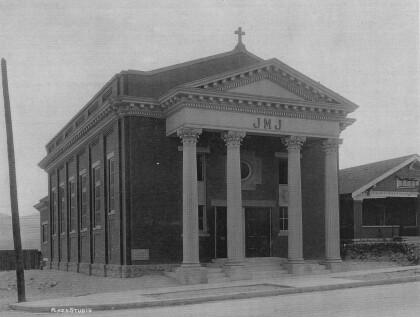
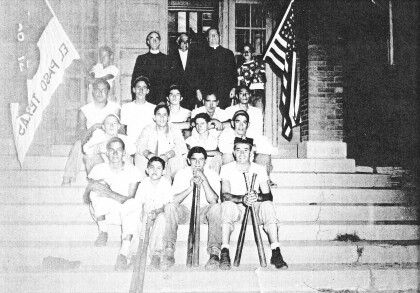
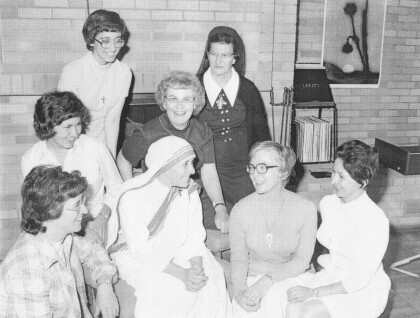
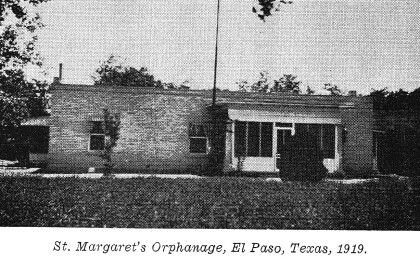
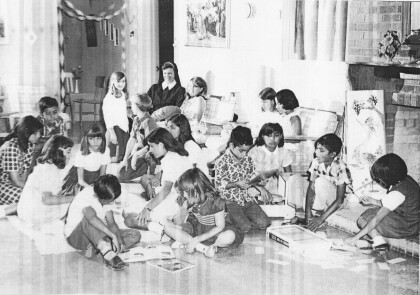
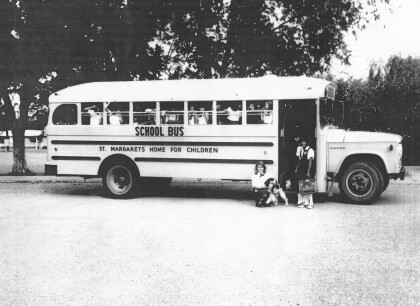
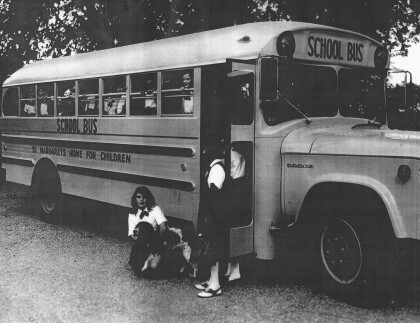
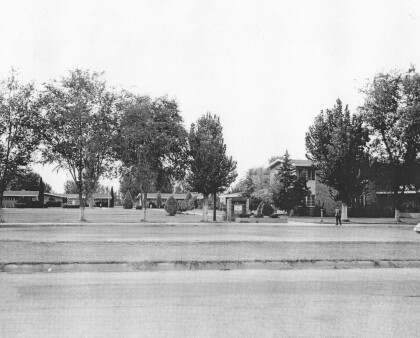
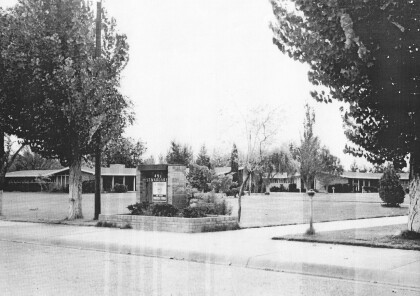
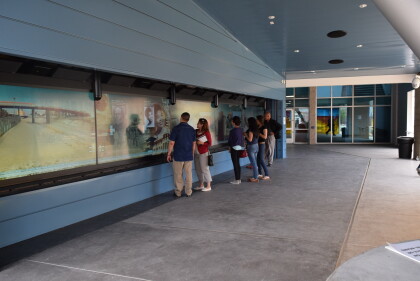

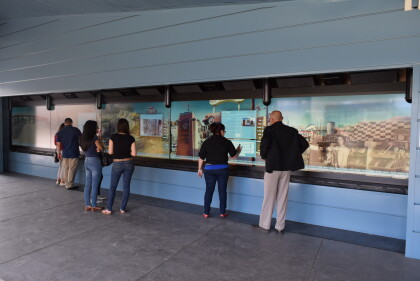
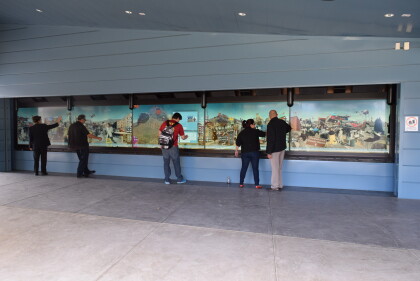
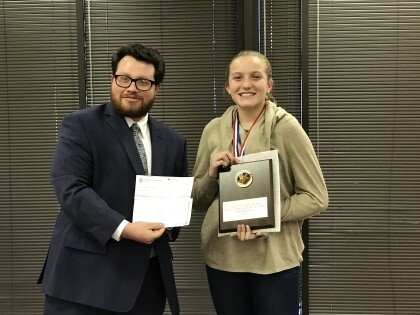

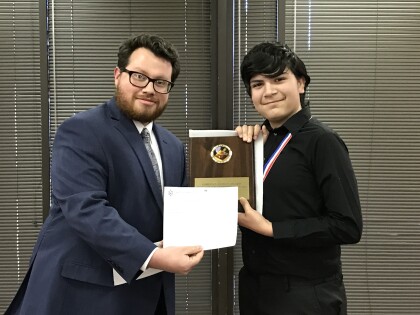
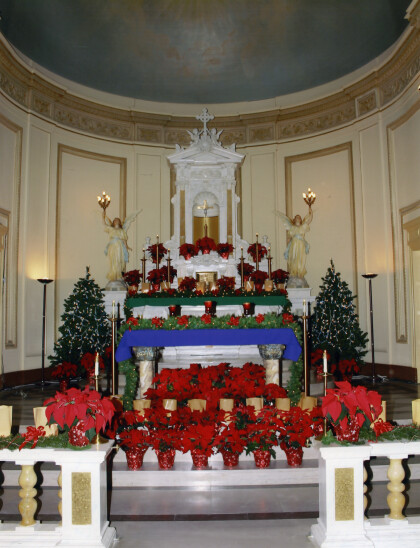
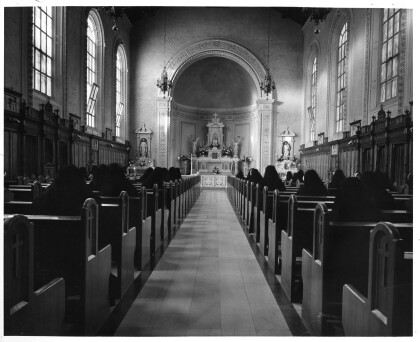
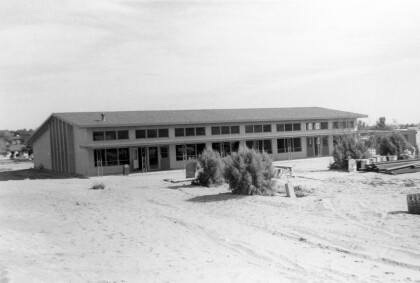
Comentarios
Hacer un comentario